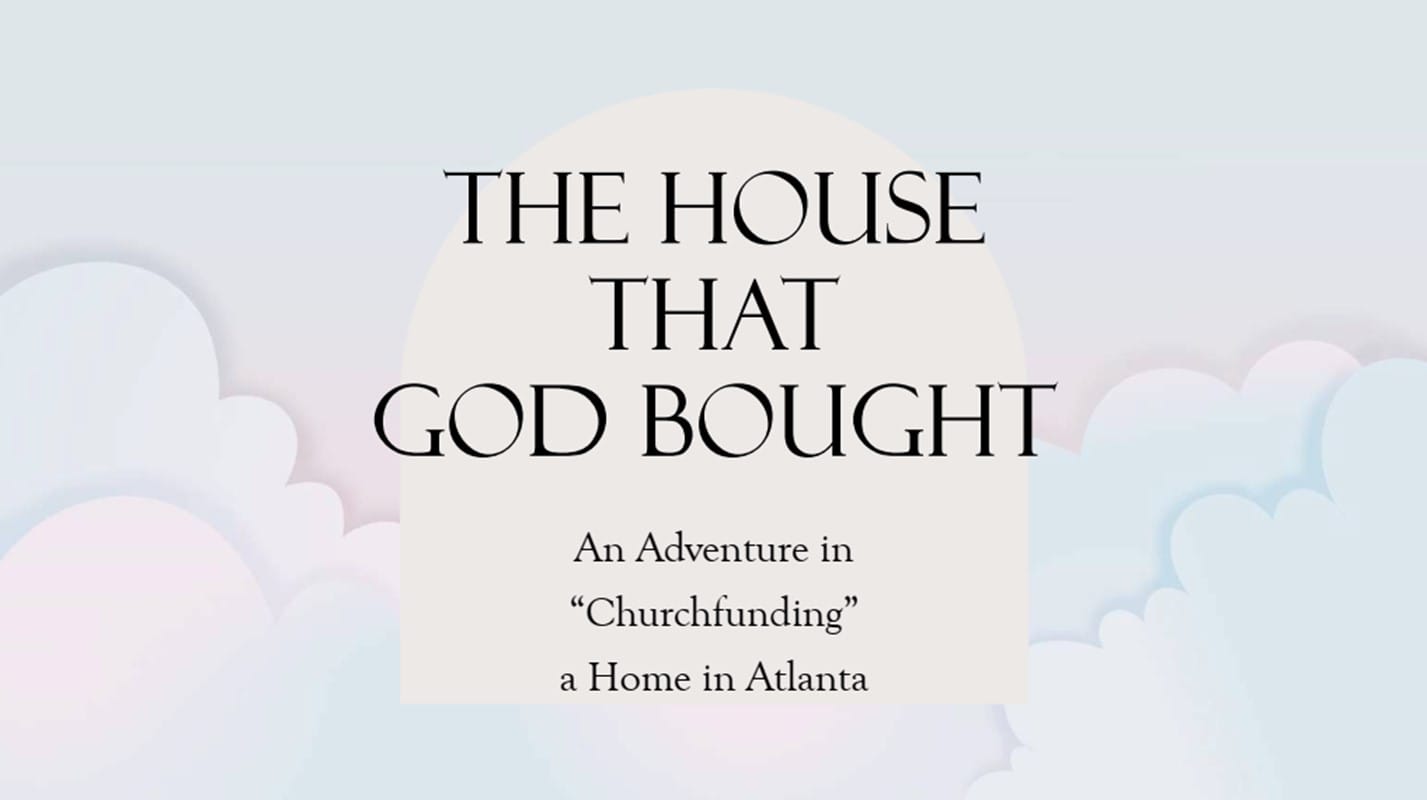The Lord is risen! Do you still remember? Yes, I know that Easter was last weekend. But that doesn’t mean that the resurrection is “so last weekend.” Several days ago on Facebook I suggested that those who celebrate 40 days of Lent might consider also celebrating 40 days of Resurrection. A lot of people seemed to like the idea. Even better, as one person replied, we should celebrate Jesus’ resurrection 365 days a year!
In the spirit of such eternal resurrection celebration, I am sharing a resurrection poem from Mom—a poem that, Mom says, “focuses on the growth of the church post-Resurrection.”
First I’ll share Mom’s poem. Then I’ll share Mom’s account of how this poem was born. Finally, I’ll share a bit of my own analysis of this poem’s art. Oh, and a bonus question: Can you identify where Mom got the idea for the poem’s title? Happy reading!
(See here for an introduction to this monthly series from Mom.)
THERE IS HOPE OF A TREE
They were the branches, He the Vine.
“Abide in Me,” the Christ had said,
For any branch apart from Me
Will soon be dead.”
And now the Vine lay trampled, dead;
The branches scattered in the field.
Were they to have no leaves to bear,
No fruit to yield?
How could they pierce the tomb, stone-sealed?
“Stay close to Me,” they had been told.
Must they now wither, torn from Him,
Who lay there cold?
None dreamed, their grief but three days old,
Of how the world would scarce have room
For all their fruit when the green Vine
Burst from its tomb!
—Elaine Gingrich, May 1999
Mom’s Memories of the Birth of This Poem
This poem was written in church Sunday morning May 16,1999 when I was supposed to be listening to the sermon. As sometimes happens, the poem arose from a compelling image. The Sunday School lesson was from John 15, about the intimate connection between Christ, the Vine, and the disciples, His branches. When pastor Dave Frey began his Ascension message with reference to the 40-day period between the Resurrection and the Ascension, during which Jesus various times appeared and then disappeared from his disciples’ sight, I suddenly pictured the Vine cast into Golgotha’s tomb, to wither away out of sight, while His followers were scattered and cut off from their source of life. Had they wondered what would happen to Vine and branches now?
As Dave mentioned in his message—yes I do have sermon notes beside my poem stanzas in the notebook :-)—Jesus was teaching them in those 40 days after the Resurrection that He was present with them even when He was not visible. Also, when He was most unseen, He was accomplishing the most important work for them. Still today His hidden work behind the veil makes possible what we do for Him as we abide in Him.
Just as the disciples could not imagine any hopeful future after Jesus’ burial, let alone the birth of the church, so we need the eyes of faith to catch a vision for Christ’s work today.
As compensation for my distracted attention to his sermon, I later gave Dave a copy of my completed poem, which he graciously accepted. I hope that was adequate restitution and that the poem’s readers will not judge it a total waste of time.
Art Serving Life
The structure of this poem is simple, but artful. On the level of plot, it works like this: One stanza establishing the ground rules for life, two stanzas describing the confusion when this life is withdrawn, and a fourth providing unexpected and infinite resolution. On a literary level, it works like this: One stanza of command, two of questions, and one of exclamation.
Also artful is the arrangement of sentence lengths: The first two stanzas each contain two sentences, but of pleasantly contrasting length. The third stanza contains three sentences, which slows the pace of the poem further, suggesting the growing mood of uncertainty. Then the fourth stanza brings a sudden burst of speed by containing only one long sentence. This final sentence begins teasingly, tantalizing us with the possibility of hope in the first two words, hesitating briefly between two commas to remind us of grief, then unexpectedly accelerating with growing fullness and no time to breathe until the last line literally bursts upon us with resurrection life!
If you enjoyed this poem, leave a comment here for Mom, or send her an email at
. Thanks!



